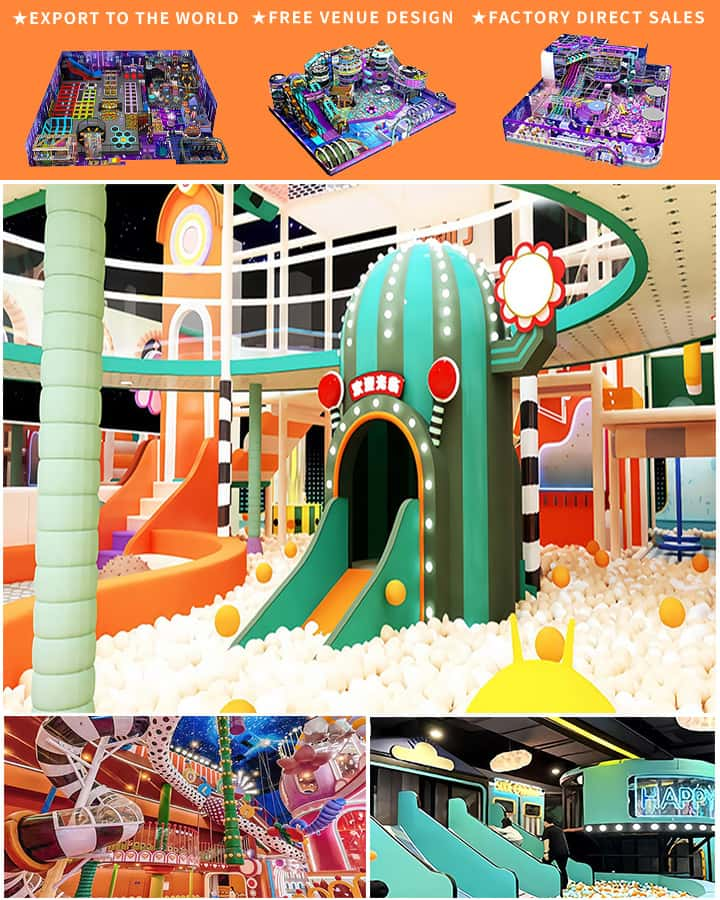Playgrounds serve as vital community spaces where children gather to play, learn, and foster social interactions. However, the maintenance and upgrading of playground equipment can be a significant financial burden, particularly for non-profit organizations that often operate with limited resources. This is where playground equipment grants come into play, offering a lifeline to these essential community assets.
The Importance of Playgrounds
Playgrounds are not just places for fun and games; they are crucial for the physical, social, and emotional development of children. Through play, children develop motor skills, learn problem-solving techniques, and build social bonds. Safe and well-maintained playgrounds provide an environment where kids can explore their creativity and engage in physical activity, combating issues such as obesity and promoting overall well-being.
Challenges Faced by Non-Profit Organizations
Non-profit organizations often manage public parks and recreational areas but face numerous challenges in maintaining and updating playground equipment. Budget constraints, aging infrastructure, and the need for inclusive designs that cater to children of all abilities add layers of complexity to these tasks. Moreover, the safety standards for playground equipment are continually evolving, requiring regular updates to meet current regulations.

Enter Playground Equipment Grants
Playground equipment grants offer much-needed financial support to non-profits, enabling them to replace outdated equipment, enhance accessibility, and ensure safety compliance. Various grants are available from federal, state, and local governments, as well as private foundations and corporations committed to improving communities.
For instance, the Department of Housing and Urban Development (HUD) offers grants aimed at developing and rehabilitating community facilities, including playgrounds. Additionally, organizations such as the KaBOOM! Foundation focus specifically on creating safe and inviting playspaces through community engagement and funding. These grants often require matching funds or community volunteer efforts, fostering a collaborative approach to community improvement.
How to Apply for Grants
Securing a playground equipment grant involves several steps, starting with identifying the right grant opportunities. Many non-profits benefit from partnering with local government agencies and community organizations to apply for larger, more competitive grants. Preparing a detailed proposal that outlines the project’s scope, budget, and impact is crucial. Highlighting the benefits to the community, such as improved child safety and increased physical activity, can strengthen the application.
Additionally, demonstrating successful partnerships, volunteer involvement, and long-term sustainability plans can make an application more appealing to grantmakers. It’s also important to follow application guidelines meticulously and submit all required documentation by the deadline.
Success Stories
Numerous communities across the country have already benefited from playground equipment grants. In one notable example, a small town in Ohio was able to revamp its central park playground thanks to a combination of state and private grants. The new playground features inclusive elements like wheelchair-accessible swings and sensory-rich play areas, ensuring that all children can enjoy a safe and engaging play environment.
Similarly, a non-profit in California secured multiple grants to create a nature-themed playground that encourages imaginative play while integrating educational elements about the natural world. These projects demonstrate how playground equipment grants can transform ordinary spaces into extraordinary community assets.
Conclusion
Playground equipment grants play a critical role in supporting non-profit organizations that strive to maintain and improve community playgrounds. By leveraging these grants, non-profits can overcome financial barriers and ensure that playgrounds remain safe, inclusive, and enriching spaces for children. As more communities tap into these funding opportunities, the collective effort will continue to build brighter, healthier futures for young people everywhere.




